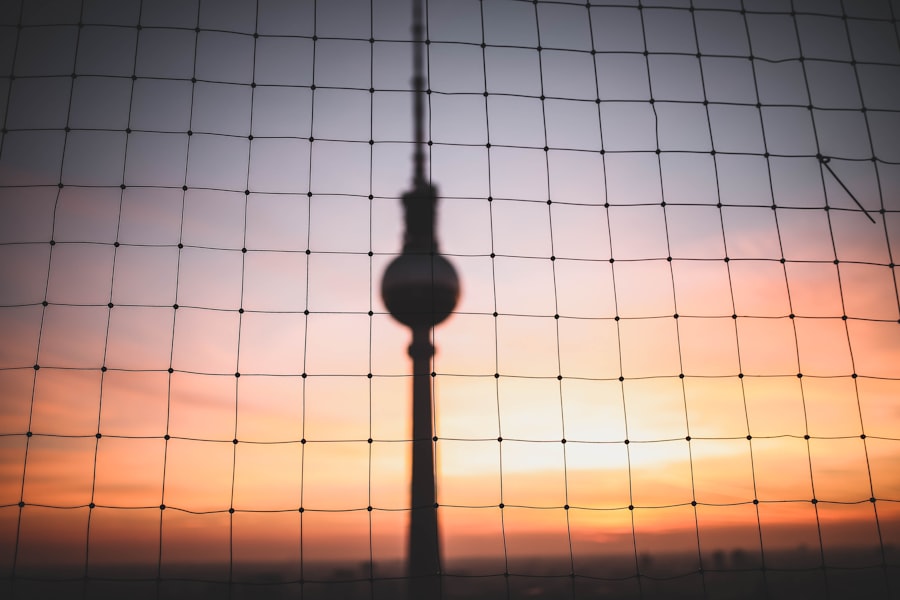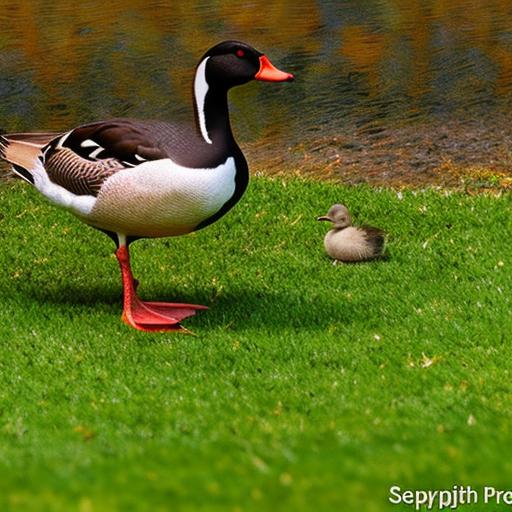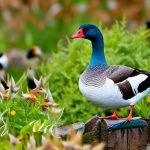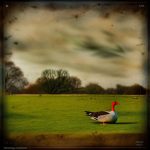Having a pond or lake on your property can be a beautiful addition to your landscape. The tranquil sound of water, the sight of fish swimming, and the opportunity to observe wildlife can all contribute to a sense of peace and serenity. However, one downside of having a pond or lake is dealing with waterfowl, specifically ducks and geese. These birds can be a nuisance, causing damage to property, leaving behind droppings, and disrupting the peace and quiet. In this article, we will explore various methods to deter waterfowl from your property, allowing you to enjoy the beauty of your pond or lake without the hassle.
Key Takeaways
- Ducks and geese are attracted to areas with water and food sources.
- Physical barriers such as fences and netting can prevent waterfowl from accessing certain areas.
- Decoys can be used to trick waterfowl into thinking an area is already occupied.
- Motion-activated sprinklers can startle and deter waterfowl from an area.
- Repellents and deterrents such as reflective tape and noise makers can also be effective in deterring waterfowl.
Understanding the behavior of ducks and geese
To effectively deter waterfowl, it is important to understand their habits and patterns. Ducks and geese are attracted to areas that provide them with food, water, and shelter. They are particularly drawn to bodies of water that offer easy access to food sources such as aquatic plants, insects, and small fish. Additionally, they prefer areas with open spaces where they can rest and keep an eye out for predators.
Implementing physical barriers to deter waterfowl
One effective method to deter waterfowl is by implementing physical barriers. Fencing or netting can be used to create a barrier around your pond or lake, preventing ducks and geese from accessing the area. This method is particularly effective if you have a small body of water or if you want to protect specific areas such as gardens or walkways.
Using decoys to trick ducks and geese
Another method to deter waterfowl is by using decoys. Decoys are lifelike replicas of ducks or geese that are placed in or around your pond or lake. The presence of these decoys can trick other birds into thinking that the area is already occupied, discouraging them from landing or staying in the area. It is important to regularly move the decoys to maintain their effectiveness.
Installing motion-activated sprinklers
Motion-activated sprinklers can be an effective deterrent for waterfowl. These sprinklers are equipped with motion sensors that detect the presence of birds and activate a burst of water, scaring them away. The sudden spray of water startles the birds and conditions them to avoid the area. It is important to strategically place the sprinklers in areas where the birds are likely to land or gather.
Applying repellents and deterrents

There are various repellents and deterrents available on the market that can help deter waterfowl. These products typically contain ingredients that are unpleasant or irritating to birds, such as capsaicin or methyl anthranilate. They can be applied to areas where the birds are likely to land or gather, such as lawns or docks. It is important to follow the instructions on the product label and reapply as needed.
Creating alternative feeding areas
Creating alternative feeding areas can help divert waterfowl away from your pond or lake. By providing them with an alternative food source, they may be less inclined to stay in the area. Planting vegetation that is attractive to waterfowl, such as grasses or shrubs, in a designated area away from your pond or lake can help create a feeding area that is more appealing to them.
Consistently removing food sources
Consistently removing food sources can discourage waterfowl from frequenting your property. This includes removing fallen fruit, seeds, or other food sources that may attract birds. Regularly cleaning up any spilled birdseed or pet food can also help reduce the presence of waterfowl.
Installing bird netting or fencing
Bird netting or fencing can be an effective long-term solution for deterring waterfowl. These physical barriers create a barrier that prevents birds from accessing your pond or lake. Bird netting is typically made of a lightweight, durable material that can be easily installed and removed as needed. Fencing can be a more permanent solution, providing a physical barrier that is difficult for birds to penetrate.
Utilizing trained dogs to scare off waterfowl
Trained dogs can be an effective deterrent for waterfowl. Dogs have a natural instinct to chase and scare birds, making them an effective tool for keeping waterfowl away from your property. It is important to properly train your dog to ensure they understand their role and do not harm the birds. Using a combination of verbal commands and positive reinforcement can help train your dog to effectively scare off waterfowl.
Seeking professional help for persistent waterfowl problems
If you have tried various methods and are still experiencing persistent waterfowl problems, it may be time to seek professional help. There are professionals who specialize in wildlife management and can provide expert advice and assistance in deterring waterfowl from your property. They can assess your specific situation and recommend the most effective methods for your needs.
Dealing with waterfowl can be a challenge when you have a pond or lake on your property. However, by implementing various methods such as physical barriers, decoys, motion-activated sprinklers, repellents, creating alternative feeding areas, consistently removing food sources, installing bird netting or fencing, utilizing trained dogs, and seeking professional help when needed, you can effectively deter waterfowl and enjoy the beauty of your pond or lake without the hassle. It may take some trial and error to find the method that works best for you, but with persistence and patience, you can create a peaceful and bird-free environment on your property.
If you’re looking for ways to keep ducks and geese off your lawn, you might also be interested in learning how to turn a shed into a chicken coop. This article from Poultry Wizard provides step-by-step instructions on transforming a shed into a cozy home for your chickens. By creating a designated space for your feathered friends, you can help deter ducks and geese from wandering onto your lawn. Check out the article here for all the details.
FAQs
What are some common problems caused by ducks and geese on lawns?
Ducks and geese can cause damage to lawns by eating grass, leaving droppings, and creating holes in the ground. They can also attract other pests and predators to the area.
What are some effective ways to keep ducks and geese off lawns?
Some effective ways to keep ducks and geese off lawns include using decoys, installing fencing or netting, using repellents, and creating barriers such as hedges or water features.
What are some natural repellents that can be used to keep ducks and geese off lawns?
Some natural repellents that can be used to keep ducks and geese off lawns include planting certain types of vegetation, using predator urine or feces, and using reflective surfaces such as mirrors or CDs.
Is it legal to harm or kill ducks and geese that are causing damage to lawns?
No, it is not legal to harm or kill ducks and geese that are causing damage to lawns. These birds are protected by federal and state laws, and there are fines and penalties for harming or killing them.
What are some long-term solutions for keeping ducks and geese off lawns?
Some long-term solutions for keeping ducks and geese off lawns include creating alternative habitats for the birds, such as ponds or wetlands, and implementing landscaping practices that discourage the birds from landing on lawns, such as planting tall grasses or using mulch instead of grass.
Meet Walter, the feathered-friend fanatic of Florida! Nestled in the sunshine state, Walter struts through life with his feathered companions, clucking his way to happiness. With a coop that’s fancier than a five-star hotel, he’s the Don Juan of the chicken world. When he’s not teaching his hens to do the cha-cha, you’ll find him in a heated debate with his prized rooster, Sir Clucks-a-Lot. Walter’s poultry passion is no yolk; he’s the sunny-side-up guy you never knew you needed in your flock of friends!







